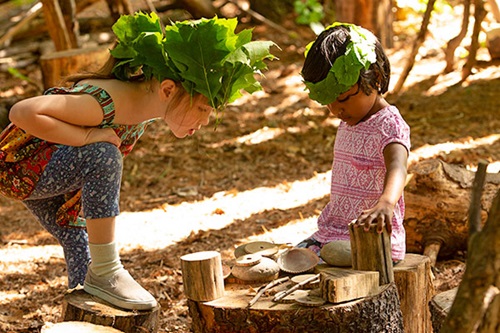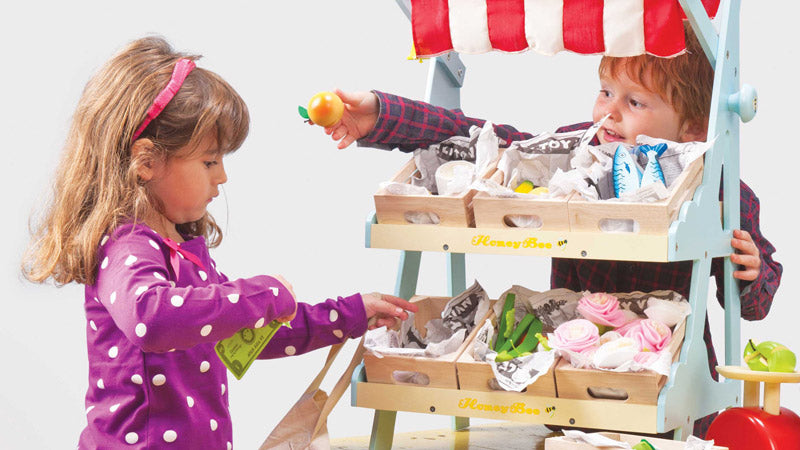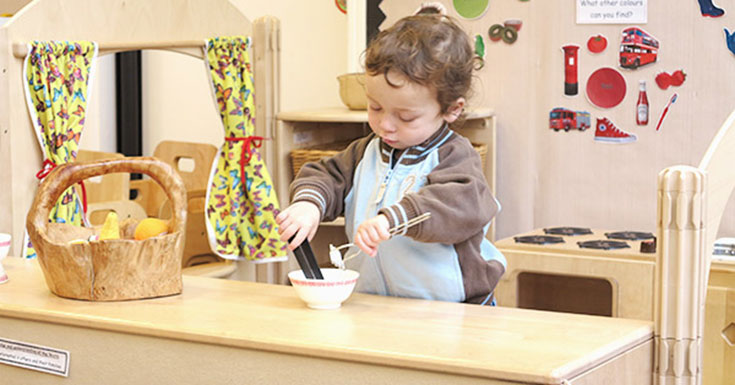Role-Playing with Storybooks: Bringing Fairy Tales to Life
Role-Playing with Storybooks: Bringing Fairy Tales to Life
Role-playing is an incredible way to enhance children’s imagination, language skills, and social interaction. One of the most engaging methods of role-playing is using storybooks as inspiration to create interactive and imaginative play experiences. In this post, we will explore creative ways to use fairy tales and storybook characters to spark storytelling and role-playing adventures at home.
1. Why Role-Playing Matters
Role-playing based on storybooks offers numerous developmental benefits, including:
- Language Development: Enhances vocabulary and storytelling skills.
- Social Interaction: Encourages teamwork and communication.
- Imagination and Creativity: Helps children visualize and enact different scenarios.
- Emotional Expression: Allows children to express feelings through characters and stories.
2. Top 10 Storybook-Inspired Role-Playing Activities
2-1. Fairy Tale Theater
- Materials: Costumes, props, a simple backdrop.
- Steps:
- Choose a favorite fairy tale (e.g., The Three Little Pigs).
- Assign roles and practice lines or improvisation.
- Perform for family or record the play.
- Benefits:
- Boosts public speaking and performance confidence.
- Reinforces narrative structure and dialogue.
2-2. Storybook Adventure Quest
- Materials: Toy swords, capes, maps.
- Steps:
- Create a quest based on a story (e.g., Peter Pan).
- Follow a treasure map and complete challenges related to the plot.
- Benefits:
- Develops problem-solving skills.
- Encourages teamwork and collaboration.
2-3. Puppet Storytelling
- Materials: Sock puppets, craft supplies.
- Steps:
- Create puppets representing story characters.
- Act out scenes or make up new adventures.
- Benefits:
- Fosters creativity and hand-eye coordination.
- Makes storytelling accessible and engaging.
2-4. Character Dress-Up Day
- Materials: DIY costumes, props.
- Steps:
- Choose characters from a story and dress up as them.
- Spend the day acting like the chosen character.
- Benefits:
- Encourages empathy and perspective-taking.
- Develops creative costume-making skills.
2-5. Storybook Cooking
- Materials: Simple ingredients based on story themes (e.g., Goldilocks and the Three Bears porridge).
- Steps:
- Read the story and identify foods mentioned.
- Cook or bake themed treats together.
- Benefits:
- Combines literacy with practical life skills.
- Fosters sensory engagement and creativity.
2-6. Create Your Own Fairy Tale
- Materials: Blank paper, crayons, imagination.
- Steps:
- Write a new fairy tale with your child.
- Act out the story with costumes and props.
- Benefits:
- Builds writing and storytelling abilities.
- Encourages creative thinking and plot development.
2-7. Detective Story Investigation
- Materials: Magnifying glass, notebook, clues.
- Steps:
- Turn a mystery story into a detective game.
- Search for clues around the house to solve the case.
- Benefits:
- Enhances critical thinking and deduction.
- Creates an interactive reading experience.
2-8. Musical Story Interpretation
- Materials: Musical instruments, storybook.
- Steps:
- Turn a story into a musical by creating songs for key scenes.
- Perform the musical as a family.
- Benefits:
- Combines music and storytelling.
- Develops rhythm and vocal skills.
2-9. Storyboard and Animation
- Materials: Drawing paper, markers, camera.
- Steps:
- Create a storyboard that outlines the plot of the chosen tale.
- Act out scenes and capture them on video.
- Benefits:
- Teaches visual storytelling.
- Enhances planning and creative skills.
2-10. Create a Storybook Fort
- Materials: Blankets, pillows, fairy lights.
- Steps:
- Build a cozy reading fort.
- Read stories together and act out scenes inside the fort.
- Benefits:
- Creates a magical storytelling environment.
- Encourages calm, focused interaction.
3. Tips for Successful Role-Playing
3-1. Let Kids Lead
- Allow children to take the lead in deciding roles and story directions.
3-2. Use Simple Props
- Everyday items can transform into imaginative play tools.
3-3. Encourage Improvisation
- Let kids make up their own dialogue and actions to enhance creativity.
4. Final Thoughts
Role-playing based on storybooks is not only entertaining but also incredibly educational. By bringing stories to life through performance and imaginative play, children develop vital communication, social, and creative skills. Choose a favorite tale and start your story adventure today!
Related Keywords
Storybook role-playing USA, creative storytelling for kids, interactive fairy tale activities, drama play ideas for children, story-based role-play games
Amazon best seller







Comments